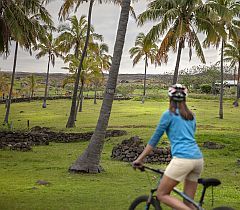The Sacred Valley: A link to the Incans
With some trip photography and a spot of history, our contributor Nicolás Vigil lets us in on the secrets of the Incan’s Sacred Valley. With its varied architectural works and sacred monuments, Vigil explains how to visit the sites, ultimately leaving us convinced that to take a trip here is to time travel to the 15th century.
The greater Incan empire was known as Tawantinsuyu (world of the four directions). The architect of this empire was the Inca Pachacutec, around the year 1430. The neurons that connected it were known as the Capac Ñan or Inca Trail. This vast network of over 4000km of trails ran throughout the empire.
Cuzco, also known as the navel or belly-button city, was the central brain of this network and was located close to the Sacred Valley. Different indigenous people throughout the empire fed back to this nucleus with their respective economic, social and cultural contributions.
By Ladera Sur.
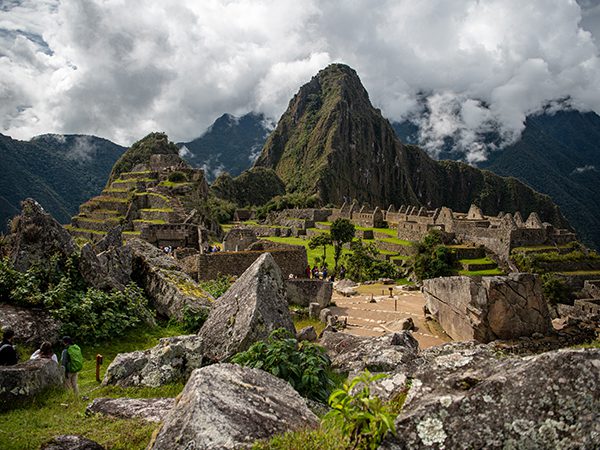
What is the Sacred Valley? In short, it is the legacy of a civilization. Citadels in the Sacred Valley such as Pisaq and most certainly the best known, Machu Picchu, are Incan ruins that provide insight into ancestral South American cultures.
The Sacred Valley, located north of Cuzco, was connected to this center of Incan civilization by the Inca Trail. Surrounded by mountains, lost villages and abandoned fortresses, the Sacred Valley is a true open-air museum. The setting is one of flabbergasting archaeology.
At many of the remoter sites it is possible that you might be the only visitor. One example of this is Huchuy-Qosqo (little Cuzco). After walking for hours along a mountainous road, besides gorges and rivers that descend to Urubamba, you come across this small citadel (photo Huchuy-Qosqo).
It is said that the Inca Huiracocha at some point in the 1420s took refuge here to evade an invasion of the Chanca people, at a time when the Incas were not yet consolidated as the rulers of Cuzco. Inca Cusi Yupanqui, his son, stayed in Cuzco and led the military defense of the city, repelling the attack and consecrating himself as the new Inca: “Pachacutec”, the transformer of the world.
Pachacutec was undoubtedly the most important ruler in Inca history and undertook the great architectural works, such as Pisaq and Machu Picchu, for which the Incan empire is still known today.
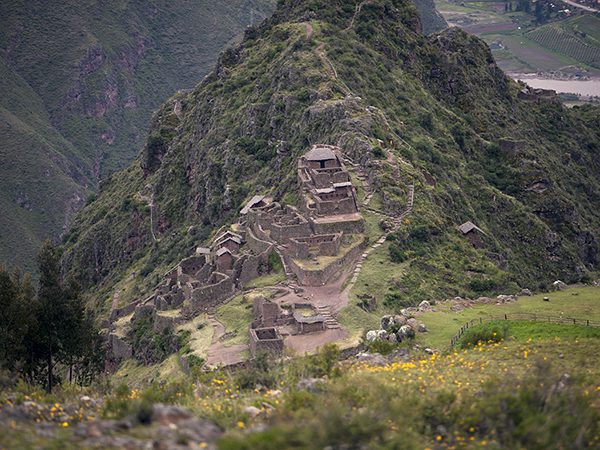
Pisaq is a citadel located about 30 kilometers from Cuzco. One of the most striking qualities of this site is the mastery of stonemasons that worked here. The walls of this site were built with andesite, a very resistant igneous-volcanic rock.
The exact way in which the stonemasons worked the rock is an enigma. It is believed that the stone blocks were perhaps carved with hammers of different sizes, giving them the pin-point level of accuracy that the blocks required to slot together.
There is also a theory that they were carved with copper wire, used to cut the rock into blocks. The truth is that no one is sure how the Incas were able to give such precision to their constructions.
Inca site included animal effigies. The construction at Pisaq was based around the partridge. In Quechua, they call the bird “p’isaqa”: an important animal in Incan spirituality and mysticism.
Each citadel had a central area, known as Intiwatana. The architectural quality of its construction was superior to that of other sectors of the fortress, and its walls probably housed the aristocracy.
Near the famous salt mines of Maras, is the archaeological site of Moray. Its construction consisting of concentric stone circles is a mystery on first encounter. According to archaeologists, this site was an agricultural research laboratory, due to its temperate-dry climate. Each concentric ring represented a microclimate. Here the Incas could study the propagation of new plant species, observing whether they were able to survive warmer climates (lower altitude rings) to colder climates (higher altitude rings).
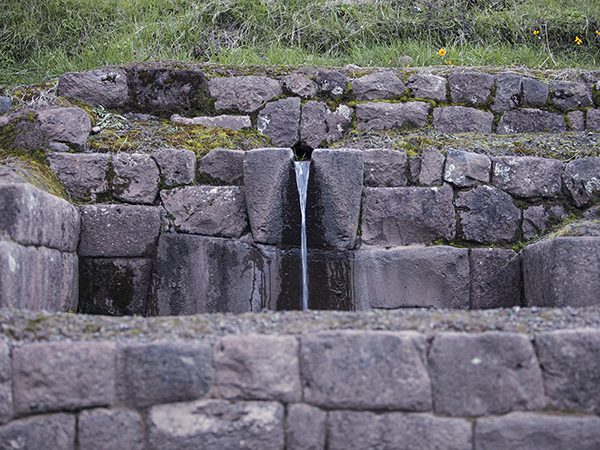
Machu Picchu is another site that demonstrates Incan mastery. Following the course of the Vilcanota River from the city of Ollantaytambo, you arrive at the town of Aguas Calientes. This site is located in a peri-jungle environment, very different from the other sites of the Sacred Valley. This llaqta (city, in Quechua) known today as “Machu Picchu” means “old mountain”. However some scholars believe that the original name of Machu Picchu was “Llactapata”.
It is believed that Machu Picchu was a place of retreat for the Inca Pachacutec. It also served as a training academy, imparting knowledge of various disciplines that the highest cast panacas (families) had to study.
The detail and quality of construction at Machu Picchu demonstrates the importance it had for the Incas. It is difficulty to imagine that the entire city, with its incredible stone walls and gigantic blocks weighing more than a couple of tons, was built by human power alone.
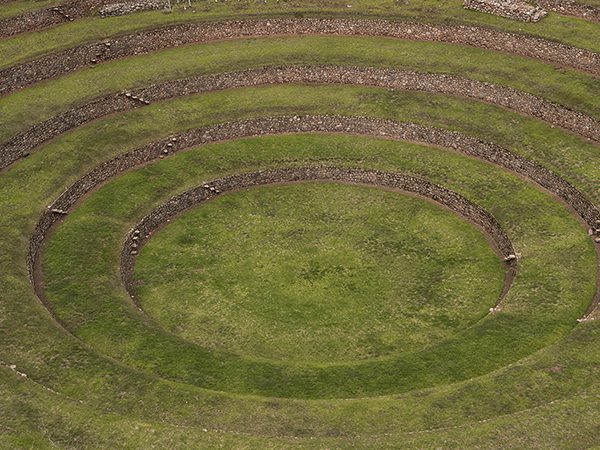
The Inca ability to assimilate what they learned from new cultures as they conquered them was a characteristic that helped elevate them to become such an advanced society. The Incas were an amalgam of the best of each culture they came into contact with.
Finally, the arrival of the Europeans at the beginning of the 16th century heralded the overpowering of the Incans and the predominance of this conquering culture.
In hindsight, today however, the opportunity to learn from the Incan culture and other extinct peoples remains intact.

